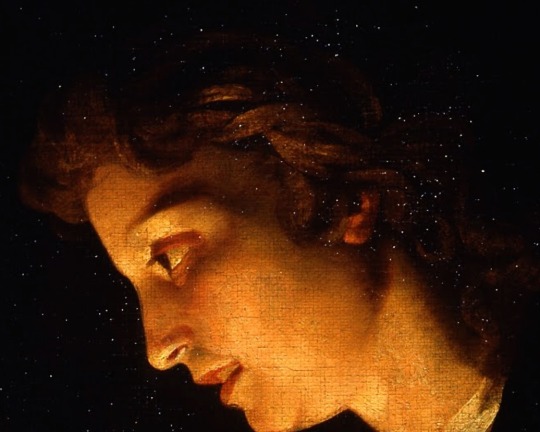#matthias stomer
Text
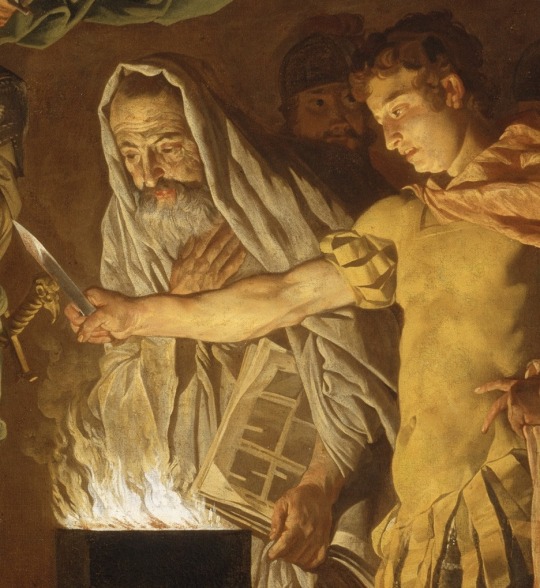
Mucius Scaevola in the Presence of Lars Porsenna (detail) by Matthias Stomer (c. 1640-45)
239 notes
·
View notes
Photo

Issac Blessing Jacob, c.1600-50 von Matthias Stomer (Undatiert, Öl auf Leinwand)
#kunst#kunstwerk#art#artwork#matthias stomer#religion#religiöse kunst#religious art#isaak#isaac#jakob#jacob#bibel#bible#glaube#faith#beten#pray#segen#blessing#christentum#christianity#hund#dog#blind#ölgemälde#oil painting#barock#baroque
29 notes
·
View notes
Text

Matthias Stomer - Christ before Pilate
15 notes
·
View notes
Text
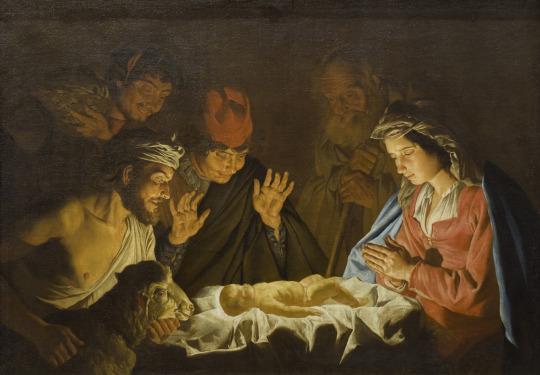
Matthias Stomer, Adorazione dei pastori (1640), Museo Nazionale di Capodimonte, Napoli.
95 notes
·
View notes
Text
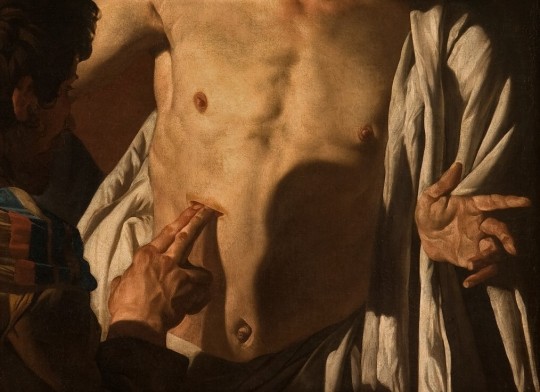
Matthias Stom (also called Stomer), The Incredulity of Saint Thomas, 1641 - 1649. Oil on canvas, 125 x 99 cm. Detail
127 notes
·
View notes
Photo

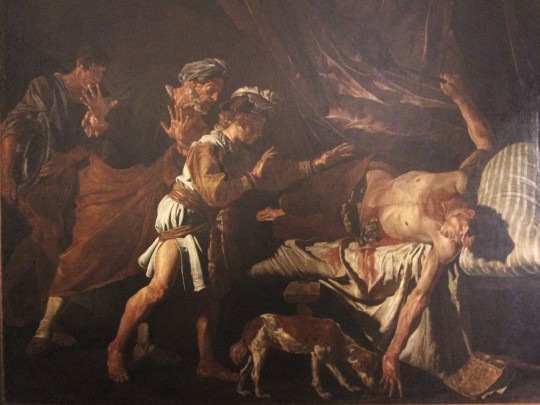
The Death of Cato, c 1640, by Matthias Stomer
Museo Civico al Castello Ursino - Catania, Sicily
Photos by Charles Reeza
#fine art#17th century#Dutch painter#oil painting#Caravaggesque#Baroque#drama#suicide#philosopher#Roman history
13 notes
·
View notes
Text
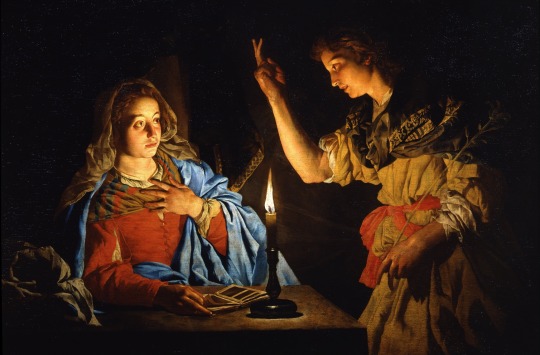
The Annunciation (early 17th century). Oil on canvas
by Matthias Stomer
#archangel#christian#christian faith#christianity#religion#archangel gabriel#holy mary#art#painting#christian art
14 notes
·
View notes
Photo
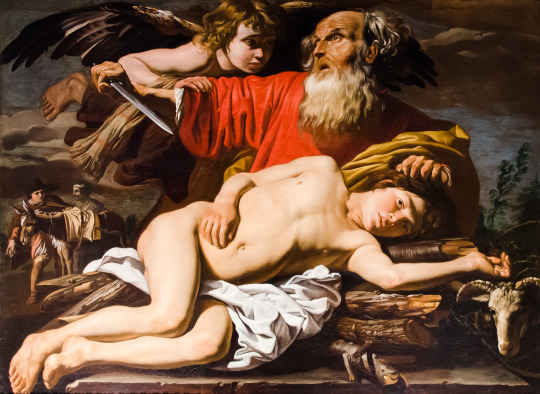
Matthias Stomer, le sacrifice d’ Abraham, Musée Fesch, Ajaccio.
13 notes
·
View notes
Text
Le Opere del Natale: l'Adorazione dei Pastori di Matthias Stomer
Le Opere del Natale: l’Adorazione dei Pastori di Matthias Stomer
L’Opera del Natale che vi propongo oggi è un olio su tela di Matthias Stomer che raffigura l’Adorazione dei Pastori. Un dipinto a lume di notte che fu realizzato dal pittore originario dei Paesi Bassi.
Stomer è uno dei numerosi artisti arrivati a Roma nel Seicento dal nord Europa per ammirare da vicino le opere del Caravaggio dopo aver imparato i primi rudimenti forse da Van Honthorst.
Stomer…
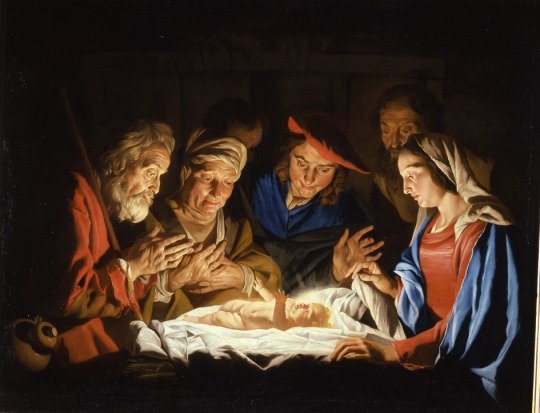
View On WordPress
4 notes
·
View notes
Photo
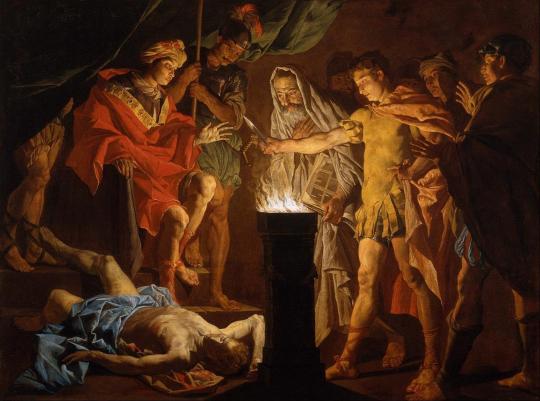
MWW Artwork of the Day (1/19/23)
Matthias Stom (Dutch, fl. 1615–1649)
Mucius Scaevola in the presence of Lars Porsenna (c. 1642)
Oil on canvas, 167.5 x 220 cm.
Art Gallery of New South Wales, Sydney
In the dazzling comet's tail of painters called the Caravaggisti - the admirers of Caravaggio who kept alive his flame for more than a century - Matthias Stomer stands out for his considered temperament and cool execution. Almost an academic of the movement, though never an imitative hack, Stomer built a body of work on the basis of subjects like this. Antiquity in general and Roman history in particular were his primary source material, reflecting a classicism which had little to do with Caravaggio's own almost exclusively biblical interests. Stomer's 'Mucius Scaevola in the presence of Lars Porsenna' could be seen to anticipate the high moral tone, and consequent sober rendition, found in the works of later neoclassical figures such as David.
5 notes
·
View notes
Photo

Archangel Gabriel (1635-1640) by Matthias Stomer
3 notes
·
View notes
Photo

Matthias Stom (Stomer)
3 notes
·
View notes
Text
(26/10/2022) HKMOA - "The Road to the BAROQUE"
Today I visited the art museum to watch an exhibition on baroque art. This is the second time I went to this exhibition because I lost the booklet I got from the first time. Due to having stuff to do, me and my friend only had around 30 minutes to enjoy the exhibition. It is not a big problem for me tho because I've seen the paintings before. I used this chance to take photos of some of the drawings that I like in the exhibition.

Here is the booklet of the exhibition. Besides of this, I got a pin from HKMOA too! Nice.
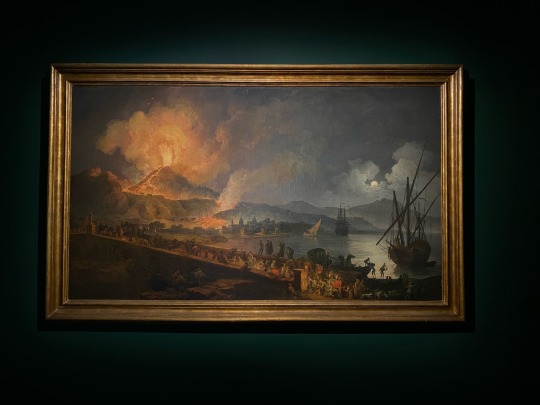
Pierre-Jacques Volaire, Eruption of Mount Vesuvius, 1777
This painting is the first one that caught my attention in the exhibition. The balance of colors and lighting are just amazing! The contrast between the orange and blue are so natural yet so bold. There are so many light sources, like the volcano and the moon, but still I can see that the scene is at nighttime, as huge proportions of the scene is shrouded by the shadow. However, the light sources are so cleverly places so every details can be seen clearly, even for the people and stuff at the bottom shadowy corners can be seen as their contour are highlighted by different light source.

Mattia Preti, Saint John the Baptist, 1653
This painting is surrounded by bunch of nude paintings. At the first time I went to the exhibition with another friend, we were talking about why everyone look so hot in baroque paintings. Even this old man looks hot af lmao. From the info in the exhibition, I guess it’s because they believe beauty=righteous that time. So the main characters in the paintings, which are often the good guys/woman, look so unrealistically hot.

Francesco Guarino, Saint Agatha, ca. 1640
This, is my favorite painting in the exhibition. Just speechless. The torture she’s been thru was horrendous but it is not the focus here, as you can see it’s only hinted by some blood stains, and her pale skin. The torture is not stopping her from radiating beauty and confidence. No sorrow or pain in her face as she believes in her faith and decision. Just… beautiful. (Reminds me of Viktor lmao)

Matthias Stomer, Supper at Emmaus, ca. 1632-1635
The dramatic yet cozy lighting makes me feel like I am sitting with these guys. The expressions on these guys faces are amazing. They be like, “WHAT? THAT MF IS JESUS? WE HAVING A MEAL WITH J E S U S?¿” (Tbh I forgot the context of this drawing and I didn’t have time to read it this time as it’s kinda crowded)

Giuseppe Recco, Still Life with Fish and Basket of Seafood, 1655 ca. - 1670 ca.)
I should really take a picture of the name tag next time I go to the museum. I have no idea if the date and the translation (I google translated it lol) are correct. The Italian name of the painting is “Natura morta con pesci e cesto di frutti di mare”. If you want to do more research you can find the painting with this name. Anyway, let’s go back to the drawing. Among all the still life shown in the exhibition, this one is my favorite. The colors of the fish are brilliant. I can look at the scales all day if there’s no one in the museum. The white belly on the red fish in the centre… it’s so wonderful. The use of more saturated yellow to highlight on a less saturated colder color, then the purple in the shading. Fish must’ve eaten the rainbow! Now I’m glad that the museum is crowded because I may cry if I have enough time to truly appreciate the amazing colors of the fish. Besides of how beautiful the fish looks, I can feel the fishy smell from the painting, which is unbelievable? Must be the reddish haze and lighting that introduced the fishiness to my brain!
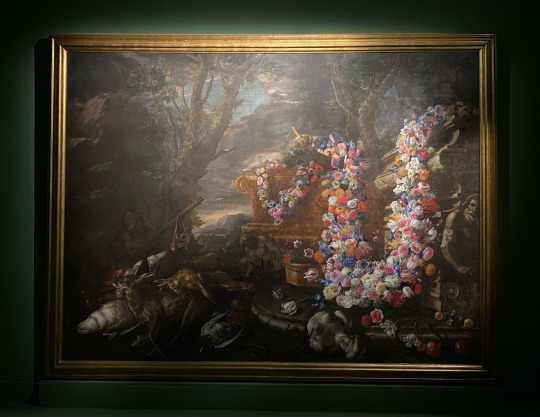
Giuseppe Recco, Still Life with Festoons of Flowers and Game, 1671
Here is another still life that I enjoy. I like this painting because of how well-planned the arrangement of stuff is. The line of flowers is the thing that grab you attention at first as the flowers are im vibrant colors, which pops out from the less saturated colors of everything else in the painting. You want to look closer to see how beautiful they look and then your sight are being guided by them. First, I discovered the old hunter chilling in the shadow. Then, the bust and the pile of game in the corner. After that, I discovered the horn and being guided by the horn to look at the sky and trees at the background. Then, I saw some dude at the back and then being attracted by the flowers again. But this time, I have the attention to admire the trolley that seems to made of some high quality wood. Thanks to the big brain arrangement, I watched the whole drawing in detail, one by one, even when there’re so many details going on. However, there’s at least one detail I missed, which was the dog on top of the game. I know there’s a dog somewhere in the painting because I read the introduction but I just unable to find it the first time I went to this exhibition. I finally found the dog the second time, thanks to my friend, who pointed out the dog immediately after I told them how brilliant the arrangement is. She is built different I guess.
In conclusion, the exhibition is an amazing and inspiring experience. It’s the best 10 dollars I’ve every spent. It made me realize the photo is nothing compared to the real thing. I can never forget the shock when I saw paintings emitting rainbow glow in front of my eyes. They look so magical. It told me that I should really go to watch more exhibition to learn more about the magic. There’s no reason not to do that since covid is gone (not completely but at least the museums are opening). Also, I am an ART STUDENT TOO? I mean my course is kind of shitty, which I seldom have chance to draw stuff and explore art but THIS IS NOT AN EXCUSE? NO WAY THIS IS THE FIRST EXHIBITION IVE SEEN IN THESE YEARS? I have worked so hard on my drawing grind all by myself in these two years so there’s no excuse to not do the exhibition grind too. From now on, I will be visiting the museums more often, and I hope one day I can see Dali’s work in person?? I really need to be moistened by Dali’s art. At last, I hope you enjoy this not very professional and informative report of the exhibition. I will keep recording my visits to exhibitions in the future. If you don’t enjoy it, I will try my best to make this more enjoyable by actually knowing more about art haha.
1 note
·
View note
Text
MARIAN QUOTE #4
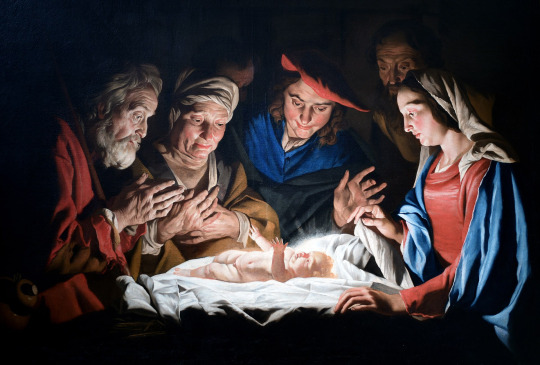
Adoration of the Shepherds by Dutch painter Matthias Stomer, 1632 [wikipedia.org]
'that Mary, in bringing forth Jesus, our Saviour and our Life, brought forth many unto salvation; and by giving birth to Life itself, she gave life to many.' - St. William the Abbot
1 note
·
View note
Text
25th December
I Saw a Stable by Mary Elizabeth Coleridge
Today is Christmas Day. Coleridge’s short rumination on the ambiguity of the Christian Nativity is a good enough reminder of what the feast day is supposed to be about.
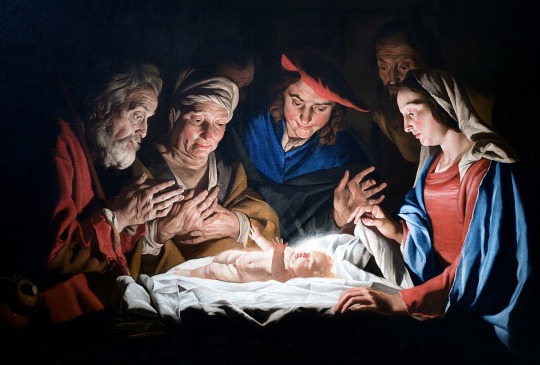
Adoration of the Shepherds by Matthias Stomer (1832). Source: Wikipedia
I Saw a Stable
I saw a stable, low and very bare,
A little child in a manger.
The oxen knew Him, had Him in their care.
To men He was a stranger.
The safety of the world was lying there,
And the world’s danger.
Perhaps it is a fairy tale as the cynics claim, but the idea that mankind could find redemption in the birth of a child, is perhaps something it is worth believing in, if only for one day.
1 note
·
View note
